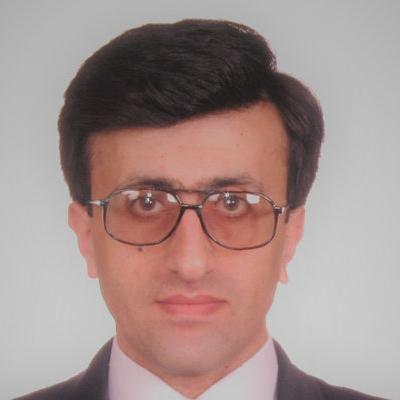Differential Equations of Mathematical Physics and Related Problems of Mechanics
A special issue of Mathematics (ISSN 2227-7390). This special issue belongs to the section "Functional Interpolation".
Deadline for manuscript submissions: closed (31 October 2023) | Viewed by 12802
Special Issue Editors
2. Steklov Mathematical Institute, Russian Academy of Sciences, Moscow, Russia
Interests: partial differential equations & mathematical physics; elasticity system; stokes system; biharmonic (polyharmonic) equation
Special Issues, Collections and Topics in MDPI journals
Interests: quasi-classical asymtotics of ODE’s and PDE’s; resurgent analysis; functional analysis
Special Issues, Collections and Topics in MDPI journals
2. Ishlinsky Institute for Problems in Mechanics, Russian Academy of Sciences, Moscow 119526, Russia
3. Lomonosov Moscow State University, Moscow 11992, Russia
4. Federal Research Center “Computer Science and Control”, Russian Academy of Sciences, Moscow 119333, Russia
Interests: continuum mechanics; gradient theory; micropolar and micro-morphic models
Special Issue Information
Dear Colleagues,
The main topics of this Special Issue are:
- Mathematical Physics and PDE
Asymtotics of ODEs and PDEs; mathematical physics and PDE including fluid dynamics, wave equation, Boltzmann equation; solvability, regularity, stability and other qualitative properties of linear and nonlinear equations and systems; spectral theory, scattering, inverse problems; variational methods and calculus of variations; fluid dynamics; dynamical systems;
- Applied Mathematics
Numerical methods of ODEs and PDEs, nonlinear problems, bifurcations, stability, chaos and fractals, fractional calculus;
- Related Problems of Analysis and Continuum Mechanics
Stochastic models and probabilistic methods including random matrices and stochastic PDE; variational formulations of gradient elasticity theories, micropolar and micromorphic models of solids and fluids; constructive methods for representing solutions in the high-order theories of solids; general representations of solutions; nonlocal effects (interactions) and smooth solutions for bodies with nonsmooth geometry; identification of materials parameters of generalized continuum theories; size-dependent models of thin structures and composite materials; nonclassical dynamic effects in generalized media; gradient theories in multiphysics, including thermodynamic, thermodiffusion, electroelasticity processes in the nano- and microfields of mechanical engineering and related applied problems.
Prof. Dr. Hovik Matevossian
Prof. Dr. Maria Korovina
Prof. Dr. Sergey Lurie
Guest Editors
Manuscript Submission Information
Manuscripts should be submitted online at www.mdpi.com by registering and logging in to this website. Once you are registered, click here to go to the submission form. Manuscripts can be submitted until the deadline. All submissions that pass pre-check are peer-reviewed. Accepted papers will be published continuously in the journal (as soon as accepted) and will be listed together on the special issue website. Research articles, review articles as well as short communications are invited. For planned papers, a title and short abstract (about 100 words) can be sent to the Editorial Office for announcement on this website.
Submitted manuscripts should not have been published previously, nor be under consideration for publication elsewhere (except conference proceedings papers). All manuscripts are thoroughly refereed through a single-blind peer-review process. A guide for authors and other relevant information for submission of manuscripts is available on the Instructions for Authors page. Mathematics is an international peer-reviewed open access semimonthly journal published by MDPI.
Please visit the Instructions for Authors page before submitting a manuscript. The Article Processing Charge (APC) for publication in this open access journal is 2600 CHF (Swiss Francs). Submitted papers should be well formatted and use good English. Authors may use MDPI's English editing service prior to publication or during author revisions.







